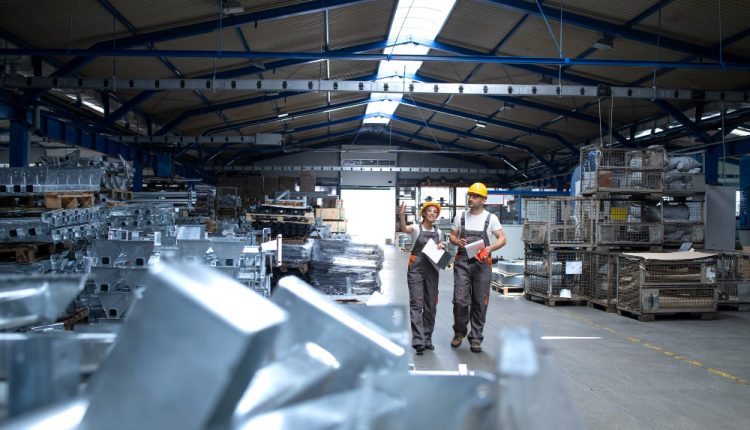For ages, steel has been relevant in numerous industries. One can observe the presence of steel in many daily objects. Construction, automobile, marine and aerial transportation, electric appliances, utility items, and medical appliances are a few examples of mundane life. Hence, manufacturers had to find ways to direct steel production towards a path that was effective, high-quality, and cost-efficient to keep up with the rate of supply demand.
With technological advancements, the process of producing steel has seen constant evaluation. New inventions and machinery have simplified and led to a qualitative boost in production procedures. The modern-day method which most manufacturers follow originated in 1856. It is said to be the world’s very first mass-production process for steel. This discovery followed a number of other scientists and refining and innovating experimental additions to the system. This large production resulted from the increase in demand for steel-based products.
When talking about steelmaking, the older procedures consisted of removing impurities from the sourced iron and further alloying it with other elements. The described procedure was carried out in bloomeries and crucibles. The evolution and progress directed these processes to be conducted in large factories with highly advanced machinery. The typical current-day process of steelmaking goes through the following six steps.
Full Process and Important Steps of Steel Making
1. Iron-making process
Steel is an alloy of iron and carbon. Hence, iron is one of the prime components of steelmaking. All the relevant iron sources are blasted in a furnace to produce what we know as molten iron.
2. Primary steelmaking
This step has two further subdivisions that deal mainly with the purification of the iron obtained in the very initial step. The two subtypes are as follows.
- Blast furnace (BOS): The raw iron ore is combined with smaller steel scraps in the furnace. Pure oxygen is blown into this furnace, which removes the impurities and oxidizes the iron components. The high temperatures also reduce the amount of carbon present in the components.
- Electric arc furnaces (EAF): Like you may be able to guess from the name, this process involves high-current rodes emitting electric arcs from electrodes. These help in converting large amounts of steel scraps into liquid steel. Ferroalloys are gradually added into the resulting liquid at a desired ratio. The resulting combination is stainless steel which is ready for use. It is then purified and cleaned, leaving you with the finest and best quality steel.
3. Secondary steel making
The newly formed molten steel derived from the first two steps needs to be adjusted accordingly. This manipulation can take the form of temperature regulation and the addition/removal of certain elements. Some sub-processes under this step are as follows.
- Degassing
- Stirring
- Ladle injection
- Argon bubbling
- Composition adjustment
Continuous casting
After the main components of steel formation, it is time to give shape to the material. The obtained liquid steel is poured into cooled molds for shape and structure. The hardened results are then cut into desired lengths.
First forming
This stage is also called primary forming. After the steel is carved into long strands, hot rolling further shapes it into desirable outcomes. These shapes can be tubes, spheres, flat products, etc., depending on your needs.
Fabrication and finishing
To ensure the steel is fully prepared for use, it is crucial to take care of the quality refinement. For this reason, there are certain techniques and procedures performed. These are as follows.
- Cold rolling
- Drilling
- Giving appropriate heat treatment
- Coating
- Shaping
- Carburizing
- Fabricating
All of these steps conclude the steelmaking process by giving it a qualitative enhancement before it is applied in use. These are all the steps followed in making steel in current-day manufacturing units. You may find some alterations in some of the steps. This is contextual to the type of use and quality of steel required.
Conclusion
we have learned about the steel production process in great detail. We have elucidated steps in this fascinating and complex process in the simplest and most layperson way to enhance your knowledge. The world of metals and their production has various fascinating and disquisitive steps that can truly enhance your knowledge.


